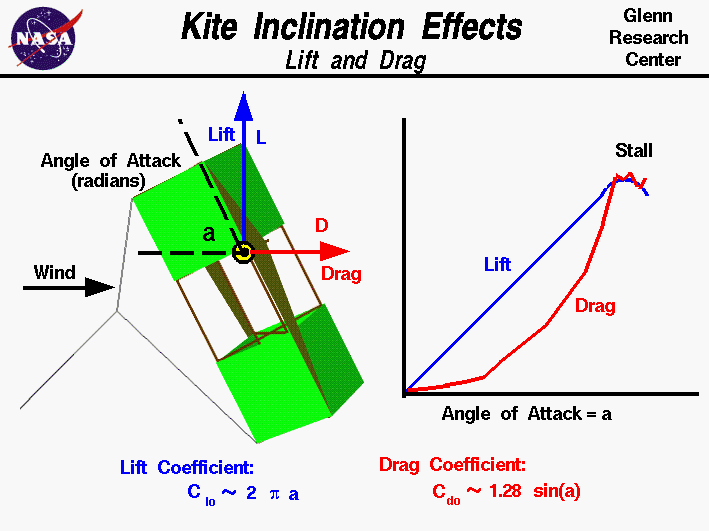Not that I think it was the braking distance but there was indeed a huge increase in OT this year, a 50% increase from 592 in 2015 to 924 this year. So I guess that argument is not the bestAndres125sx wrote:You can use irony as much as you want, but that will not change the fact braking distances will be very similar and overtaking will be the same (in that regard).Just_a_fan wrote:Really? Wow, that's a relief. There was me thinking that a car that brakes at 4-5g would require a noticeably shorter braking distance to go 300km/h to 100km/h than from 320km/h to 80km/h. Silly me.Andres125sx wrote:How much shorter?
Considering the braking force of F1 cars some km/h slower top speed and some km/h faster corner speed entry will not change braking distance significantly. I don´t think this will affect overtaking sincerely, what they can or cannot do on a 100m braking will remain on a 90-95m braking
After all, the current braking distances give the drivers lots of options to overtake. Indeed, overtaking is super-easy these days.
Oh no, wait...
Or did you find more overtaking this season due to the higher top speed cars are reaching this season wich means longer brakings? No, it was exactly the same...
- Login or Register
No account yet? Sign up



